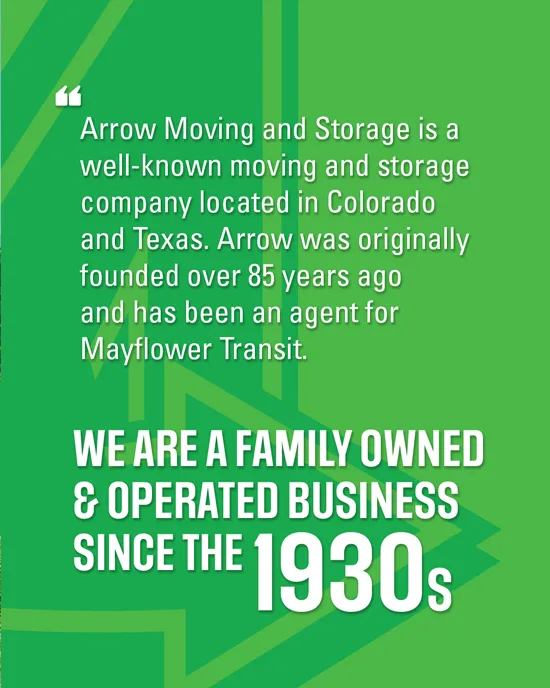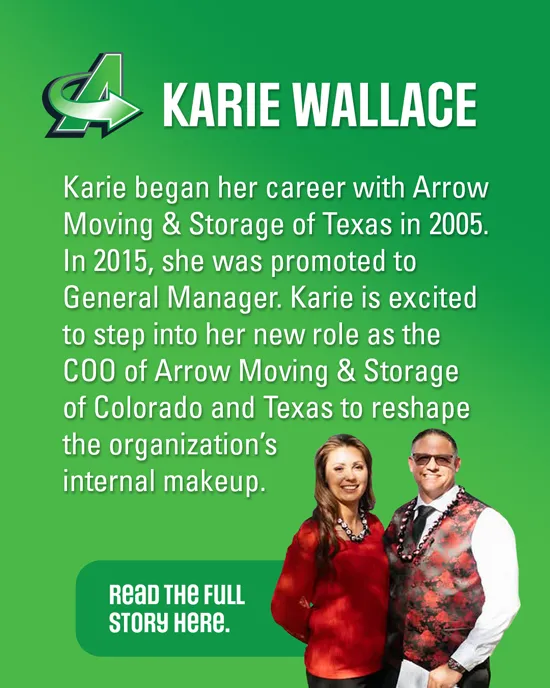Are you planning to move?
Moving requires preparation to ensure it all goes smoothly. Long-distance moves pose different challenges than a local move.
Keep reading to learn all about local vs. long-distance moves!
A Guide to Local vs. Long-Distance Moves
Knowing what to expect when moving locally as opposed to moving far away can help planning for your move easier.
Let’s compare!
Short-Distance Moves
Moving short distance, referred to as a local move, can mean shifting one street over or skipping over a few towns. Local moves don’t cross state lines and are usually less than 60 miles.
With local moves, you often have friends and family available to help with the entire moving process. For many, the self-move is a great option when staying local. But, there are advantages to hiring a residential moving service, including taking the pressure off your family and friends, ensuring items are properly packed, and doing the heavy lifting
With a local move, you will likely be charged by the hour for the movers, and possibly a fee for the truck and equipment.
Long Distance Moves
A long-distance move usually means changing states. With these moves, you should hire a professional moving service.
The pricing for a long-distance move is different than that of a local move. Rather than an hourly rate, professional movers will charge by weight and per mile.
Professional estimators will come to your home to assess the items to be moved, and provide an estimate for the weight. Be sure to review the estimate carefully so that it includes all the things you want the moving company to transport.
The distance of your move will impact the time between pick up and delivery. What may also impact the timing is the size of your move. To be more efficient, movers may combine smaller moves into a single load if moving a greater distance. So, the time to drive between your old home and new home may not match with the delivery time. Be sure to discuss the delivery date with your movers before you sign any documents.
Also, note that you may need to follow special requirements for moving your pets across state lines. Expectations vary from state to state, so look into this before making the move. Many long-distance moving companies can help point you to the right resources.
International Moves
For international moves, you will need help with packing and transporting.
International moves involve special packing and crating, ocean shipping, and longer timeframes. But, they also require a much more complex set of paperwork. Each country has different rules about foreign shipments, moving personal belongings, and setting up residency. Be sure you are familiar with the necessary documents.
Relocating to another country, discovering the new culture, and learning the country’s national language is all very exciting. By hiring professional movers, experienced in international relocation, you can spend more time learning about your new home and less time worrying about the details of the move.
Congrats on Your Move!
Moving may take a lot of work, but it also brings you to an exciting new page in your story! Understanding the difference between local vs. long-distance moves will help you know what to expect during your move.
We want your move to go as smoothly as possible. Request a free quote for our services that you may require!





